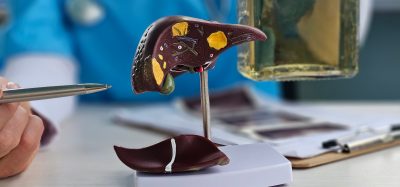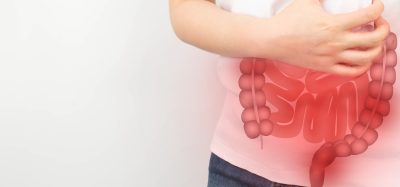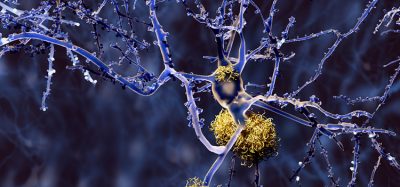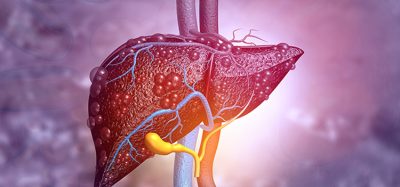New method to predict effectiveness of MSCs for cartilage repair in vitro
Posted: 29 May 2024 | Drug Target Review | No comments yet
Topological defects in mesenchymal stromal cell self-assembly could suggest their potential for cartilage regeneration.
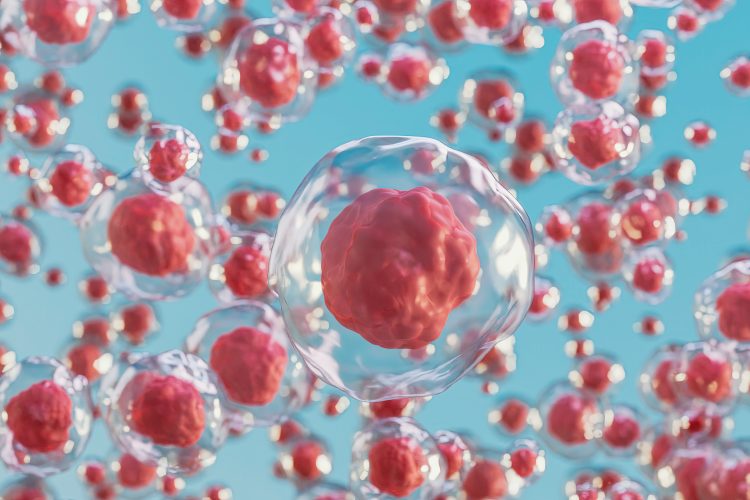

A more effective method for assessing the ability of mesenchymal stromal cells (MSCs) to regenerate cartilage has been discovered by scientists at Critical Analytics for Manufacturing Personalized-medicine (CAMP) Interdisciplinary Research Group (IRG) at Singapore-MIT Alliance for Research and Technology (SMART), and collaborators from the National University of Singapore Tissue Engineering Programme (NUSTEP). This process is the first to use topological defects in the self-assembly of MSCs to predict their cartilage regeneration potential.
In the past, evaluating the potential of MSCs for effective cartilage regeneration involved culturing them in a 3D environment for 21 days. However, the new method involves a simpler 2D monolayer culture system of the cells for nine days, followed by imaging and processing of the images. As well as being a faster method, it is also non-destructive and more accurate.
The researchers showed that topological defects in MSC self-assembly could suggest their potential for regenerating cartilage. They took images of the cells on days three, six, and nine, and subsequently analysed the patterns formed by them when they self-assembled. By day nine, the researchers noted that specific aspects of these patterns resembled liquid crystal structures with identifiable topological defects. The defects in self-assembled patterns matched fingerprint-like patterns that align with mesenchymal condensations, seen during early cartilage development stages. The patterns are good indicators of the cells’ potential for cartilage formation and are dependable markers for cartilage regeneration.
By the SMART researchers focusing on the collective behaviour of MSCs when grouped together, instead of examining cells in isolation, it enables the assessment of a larger number of MSCs, as the collective patterns act as a distinctive signature for the cell population. This could determine the most effective ones for future cartilage regeneration therapies.
Corresponding author Dr Zhiyong Poon, Principal Investigator at SMART CAMP and Senior Research Fellow at Singapore General Hospital (SGH), explained: “This innovative method holds a major advantage as it allows manufacturers to conduct more frequent testing of their cell-based medicine, ensuring safety, purity, and effectiveness throughout production. This can potentially speed up the traditionally long process of securing regulatory approval for cell-based medicines.”
Dr Eng Hin Lee, Principal Investigator at SMART CAMP, Emeritus Professor at the National University of Singapore (NUS) Yong Loo Lin School of Medicine and one of the authors of the paper, added: “By offering a more efficient means of evaluating MSCs in production, we can accelerate the development of therapies for joint injuries and common ailments, particularly those affecting the ageing population, such as osteoarthritis, and address limitations of current surgical and pharmaceutical approaches in restoring cartilage function.”
Moving forward, the team will test whether topological patterns are similarly predictive of MSC effectiveness for cartilage repair in vivo.
This study was published in PLOS ONE.
Related topics
Regenerative Medicine, Stem Cells, Targets, Therapeutics, Translational Science
Related conditions
Aging, Osteoarthritis




